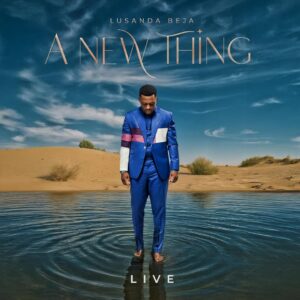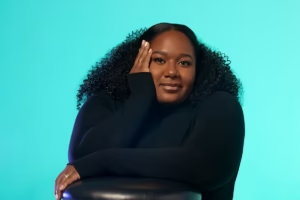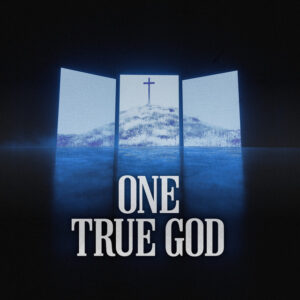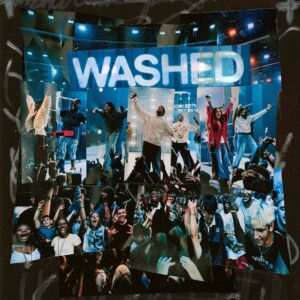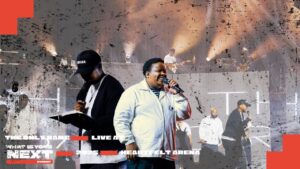The Worship Song Phenomenon: Why So Many Versions? & Who Owns The Rights?

How to Make New Worship Songs Stick in Your Church
The Worship Song Phenomenon: Why So Many Versions? & Who Owns The Rights? Worship music has a unique power to connect with people, evoking deep emotions and fostering a sense of collective spirituality. But if you’ve ever noticed, it’s not uncommon for the same worship song to be covered by different artists, each bringing their flair to the original composition. These covers, often reimagined in various genres and styles, breathe new life into timeless lyrics and melodies. But what does this mean for the song’s ownership, and who truly owns the rights to these reinterpreted versions?
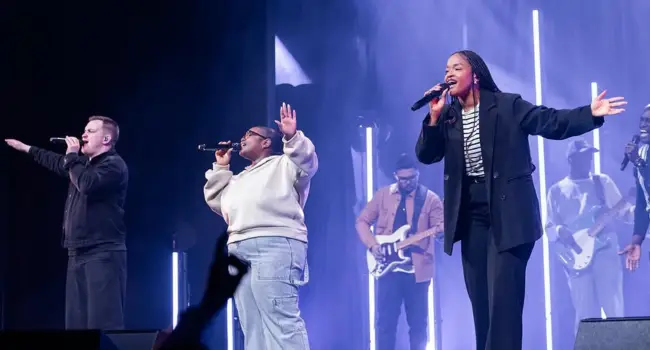
Why So Many Versions?
The beauty of worship music lies in its universal appeal. A song like “Oceans (Where Feet May Fail)” by Hillsong United, or “10,000 Reasons (Bless the Lord)” by Matt Redman, can be sung by countless worship teams and solo artists across denominations and geographies. Each version resonates differently depending on the artist’s interpretation, vocal arrangements, instrumentation, and even the cultural context in which it is performed.
One of the reasons worship songs get covered so often is the inherent flexibility they offer. Worship music thrives in a live setting where spontaneous creativity can meet familiar structure, giving new artists a chance to reinterpret the lyrics and bring fresh emotion to the song. A rendition of “How Great Is Our God” by Chris Tomlin might be sung in a contemporary church service, while a gospel choir could bring its own soulful spin to the same tune. This allows the song to stay relevant, providing new and powerful experiences for different communities.
Additionally, the global nature of worship music means it transcends boundaries, giving artists the opportunity to introduce songs to new audiences. A song that’s been performed in English might be covered in a different language, making it accessible to a broader demographic.
Take, for example, the song “Reckless Love” by Cory Asbury. It’s been covered by a variety of artists ranging from Christian rock bands to contemporary worship leaders, even spreading to secular audiences. The lyrics are deeply moving, and the melody is simple yet powerful, making it a natural choice for reinterpretation. Each version, while grounded in the original message, brings a different feel depending on the artist’s style.
Who Owns the Song?
When it comes to the question of ownership, the songwriter typically holds the rights to the original composition. This means that the songwriters—often multiple people in the case of collaborative worship songs—own the lyrics and music of the song. They maintain control over the publishing rights, which cover the ability to license the song for use in recordings, performances, and other mediums.
However, once a song is released to the public, anyone can cover it, as long as they obtain the necessary licensing. This means that while the original songwriters maintain ownership of the song itself, artists covering the song do not own the composition. What they own are the rights to their specific performance—the unique arrangement, recording, and production of their version of the song.
For instance, when Hillsong United’s “Oceans (Where Feet May Fail)” is covered by an artist like Bethel Music or even a secular artist, they are required to pay royalties to the original writers—who in this case are Joel Houston, Matt Crocker, and Salomon Ligthelm. The financial arrangement ensures that the creators of the original work continue to benefit from its widespread success, even as others reinterpret it.
Examples of Iconic Worship Songs That Have Multiple Versions
- “10,000 Reasons (Bless the Lord)” – Matt Redman
Originally written and performed by Matt Redman, this song has been recorded by various artists, including Chris Tomlin and the Rend Collective. Each version captures the same powerful message of praise but with different musical styles. The original version is rooted in a more acoustic style, while Tomlin’s version brings a polished, radio-friendly appeal. - “Oceans (Where Feet May Fail)” – Hillsong United
This song has become a modern-day worship anthem, with countless renditions found on YouTube, in church services, and in albums by other Christian artists. Versions by Bethel Music, as well as covers by artists like Lauren Daigle, show how the song can shift between intimate ballads and full-band anthems, all while preserving the core message of faith and trust in God. - “How Great Is Our God” – Chris Tomlin
Tomlin’s version of this song has been one of the most influential in the worship world. But it has also been covered by other artists, such as the Gaither Vocal Band and the worship group Hillsong. Each version gives the song a slightly different feel—whether it’s the more soulful interpretation by gospel choirs or the grand orchestral backing of Hillsong’s rendition. - “Amazing Grace (My Chains Are Gone)” – Chris Tomlin
While “Amazing Grace” is a hymn that dates back to the 18th century, Chris Tomlin’s version added a modern twist with his added chorus “My Chains Are Gone”. His reworking has been embraced in many church services, but artists like LeAnn Rimes and even country singer Alan Jackson have done their own versions, making it a universally loved song across genres.
The Master’s Rights: What Happens to the Reinterpretations?
While the original songwriters retain the publishing rights, the artists who perform or record the cover are generally entitled to the royalties generated from that specific recording. This means that if a worship group records a live version of a song, they would own the master recording of their performance, but the song’s composition (the melody and lyrics) still belongs to the original songwriter.
It’s important to note that these master rights allow the artist or the label to control the distribution and sale of the recording. For example, a church group’s live recording of “Reckless Love” might be sold as an album, and the group would retain the profits from that specific version. However, the original creators still get their cut through licensing and performance royalties.
Conclusion: The Endless Journey of Worship Songs
The reason worship songs are so frequently covered and reinterpreted is because of their emotional depth and universal appeal. They connect with listeners on a spiritual level, and the ability of different artists to put their own spin on these songs allows the music to evolve, grow, and resonate with new generations.
While the ownership of the song always lies with the original creators, the beauty of the worship genre is that it welcomes reinterpretation. Whether it’s a live performance in a church or a polished studio version by a renowned artist, each cover breathes new life into a song, ensuring that it continues to inspire, unite, and uplift those who hear it.

